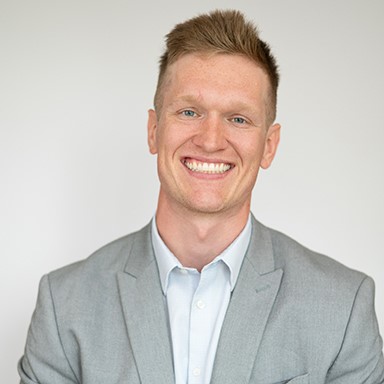On December 29, 2022, the SECURE Act 2.0 became law. It was enacted as part of the Consolidated Appropriations Act of 2023. SECURE 2.0 builds on the SECURE Act (an acronym for the full title, “Setting Every Community Up for Retirement Enhancement”) of 2019, a law designed to improve retirement savings opportunities for employees and expand incentives for employer-sponsored retirement plans.
Some key provisions of SECURE 2.0 affect retirement plan sponsors. Here’s how.
Increased age for required minimum distributions
The age for required minimum distributions was increased to 73 beginning on January 1, 2023, and will further increase to age 75 on January 1, 2033.
Higher catch-up limit at ages 60-63
For plan years after December 31, 2024, the catch-up contribution limit for individuals between the ages of 60 and 63 will be increased to the greater of $10,000 or 50% of the regular catch-up contribution amount. Currently, the catch-up contribution amount is generally $7,500, so the provision would increase the amount to $11,250. This increase is adjusted for inflation after 2025. Catch-up contributions will now be subject to Roth after-tax treatment for those earning more than $145,000 in the prior year.
Catch-up must be Roth
Catch-up contributions must be made on a Roth basis after taxes. An exception applies for employees with compensation of $145,000 or less in the prior year starting in 2025. This change is effective for plan years beginning after December 31, 2023.
Increase in cash-out limit
Effective January 1, 2024, SECURE 2.0 increases the cash-out limit for involuntary distributions from $5,000 to $7,000.
Emergency withdrawals
Beginning in 2024, a participant may make a withdrawal of up to $1,000 per year from their retirement account for certain emergencies. The withdrawal will be taxable and may be repaid within three years, but it will not be subject to the 10% penalty for early withdrawals. Only one withdrawal is permitted per the three-year repayment period if the first withdrawal has not been repaid.
Improved coverage for part–time workers
The original SECURE Act added a requirement that employers need to allow long-term, part-time employees to participate in the 401(k) plan if those employees complete either one year of service at 1,000 hours or three consecutive years of service at 500 hours per year. With SECURE 2.0, the three-year requirement is reduced to two years, effective for plan years beginning after December 31, 2024. The three-year requirement is still effective for plan years prior to this date.
Emergency savings accounts
In an effort to increase employee savings, employers may allow non-highly compensated employees to establish emergency savings accounts under qualified plans. Employers may automatically enroll employees into these accounts at no more than 3% of salary, and the amount is capped at $2,500. The contributions are made on a Roth-like basis and are treated as elective deferrals for purposes of matching contributions with an annual cap set at the maximum account balance. Generally, withdrawals from the account are not subject to any fees or charges. When employees leave a company, they may cash out the savings accounts or roll them into a Roth IRA or other defined contribution plan.
Optional employer Roth contributions
SECURE 2.0 allows employers to make employer matching or non-elective contributions on a Roth basis.
Student loan payment matching contributions
The act allows employers to make matching contributions to retirement plans based on employees’ student loan payments, effective January 1, 2024.
Mandatory automatic enrollment in new 401(k) and 403(b) plans
Effective for plan years beginning after December 31, 2024, any new 401(k) or 403(b) plan is required to automatically enroll participants upon becoming eligible, and the employees may opt out of coverage. The initial percentage employees contribute must be at least 3% and no more than 10% and is increased by 1% annually up to a plan-set maximum of at least 10% but no more than 15%. This requirement does not apply to current 401(k) and 403(b) plans, small businesses with 10 or fewer employees, new employers that have been in existence for fewer than three years, church plans and governmental plans.
SECURE 2.0 introduces significant changes to how retirement plans are regulated and provides many enhanced benefits to employees. Although many of the provisions don’t take effect until after 2023, planning for the implementation of these new requirements should take place sooner than later. Feel free to contact Bremer Retirement Plan Services with any questions or if you would like assistance with adopting the new requirements of SECURE 2.0.

